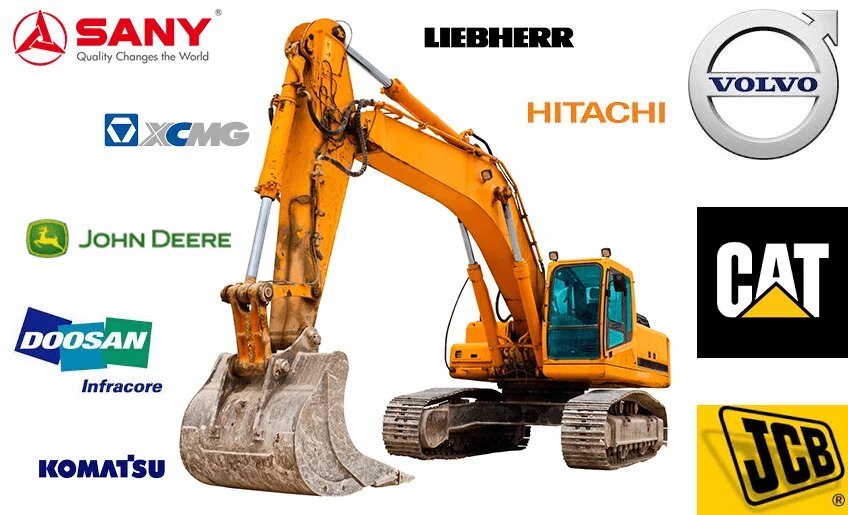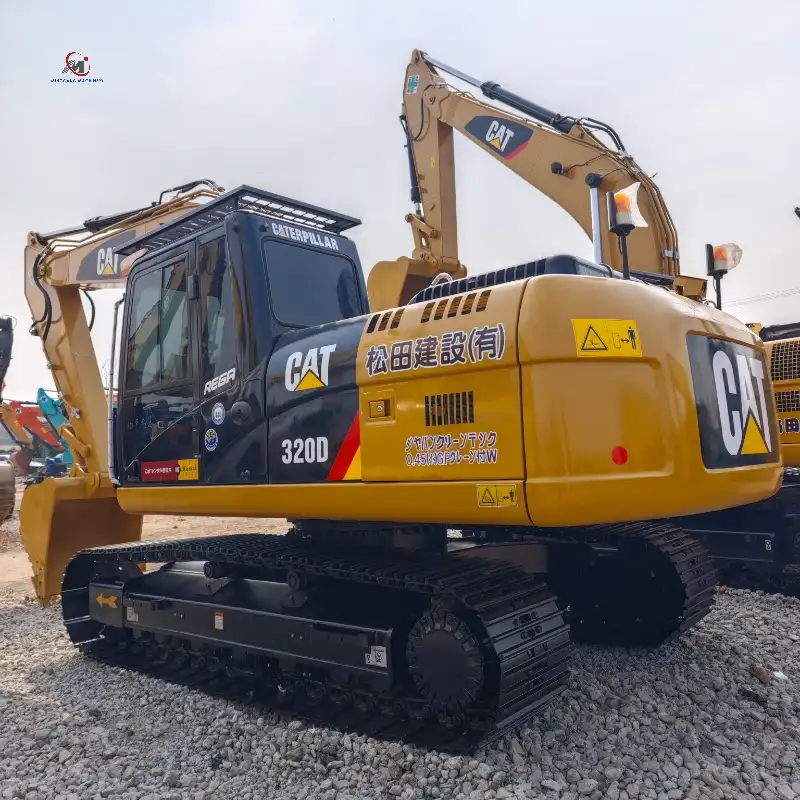L'excavatrice d'occasion la plus populaire
Date de sortie : 06/06/2025
The global second-hand excavator market is dominated by renowned brands like Caterpillar, Komatsu, Hitachi, Volvo CE, Doosan, and Hyundai Heavy Industries. Their technological edge, durability, and brand reputation secure their leading positions, while regional market demands vary significantly.

I. Global Market Leaders
Caterpillar’s second-hand excavators, such as the 320D series, are favored for their ruggedness in heavy-duty tasks. With a vast global dealer network, they maintain high resale value but come with higher fuel and maintenance costs. In North America, Caterpillar and John Deere compete, with the latter limited by poor after-sales service.
Komatsu excels in fuel efficiency and stability, popular in Asia. Models like PC60-7 and PC200-7, known for accessible parts and low maintenance, dominate small to medium-sized projects. Komatsu holds 50% of the Indonesian market, far surpassing Caterpillar’s 20%.
Hitachi’s excavators, with advanced hydraulic systems and low failure rates, are sought after in Europe and Southeast Asia. Volvo CE focuses on eco-friendly design, with the EC210BLC popular in European urban construction, though facing price and parts availability issues.
Doosan and Hyundai target emerging markets with competitive pricing. Their models like DH220LC-7 and R225LC-7 are popular in Southeast Asia and Africa, appealing to budget-conscious customers.
II. Regional Market Characteristics
In North America, small to medium-sized excavators account for over 80% of demand, with Chinese brands like Sany and XCMG entering with affordable mini-excavators. Europe favors Volvo, JCB, and Liebherr, with the Volvo EC210BLC leading urban projects.
Southeast Asia and Africa see Japanese brands dominate the high-end, while Korean and Chinese brands compete in the mid to low-end. Japan exports 79% of global used excavators, and Korean brands expand via “financial leasing + engineering contracting.”
III. Market Trends and Challenges
Stringent environmental policies reduce the value of low-emission equipment. Low-emission models, like Caterpillar’s 336D2, command higher prices. Digitalization, with “equipment ID” systems and AI pricing, improves market efficiency. Chinese brands are challenging established players in emerging markets, while Japanese brands rely on remanufacturing for the high-end.
IV. Purchase Recommendations
Buyers should prioritize equipment less than 5 years old with under 8,000 operating hours, focusing on key components. Choose brands based on regional needs and avoid low-emission models in strict regions. Be cautious of refurbished machines with inflated prices.
In conclusion, the market features brand dominance with regional variations. As environmental regulations tighten and digitalization progresses, brand innovation and localized services will be crucial for success.


